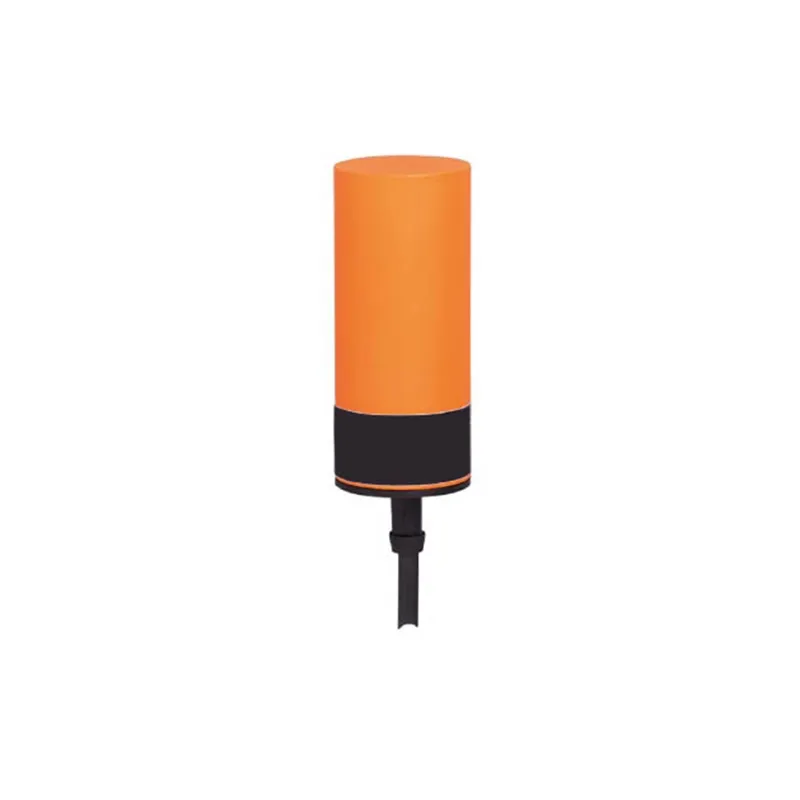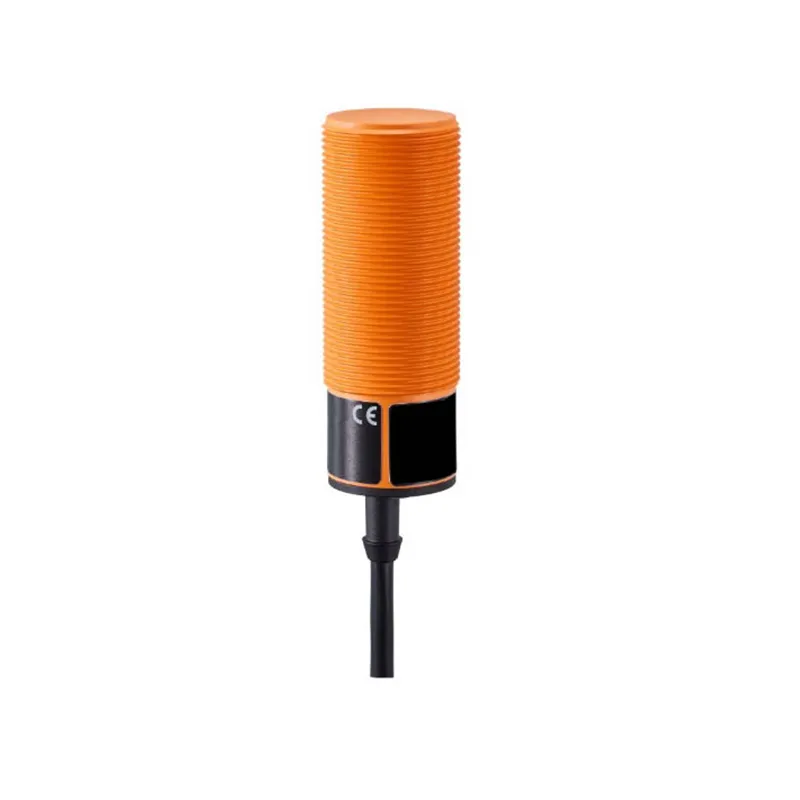Understanding the Functionality of Modern Switches in Industrial Automation
In industrial automation and control systems, choosing the right switch can significantly impact efficiency, safety, and overall system reliability. Two of the most commonly used components in this regard are the proximity switch and the limit switch. Each plays a vital role in sensing operations, but their design, working principles, and ideal applications differ considerably.
Definition and Working Principle of Proximity Switches
How Proximity Switches Detect Targets
Proximity switches are non-contact sensors that detect the presence of an object within a specific range. They rely on electromagnetic fields or emitted signals to sense objects without any physical contact. This characteristic makes them ideal for applications where physical wear and tear must be minimized.
Types of Proximity Switches Available
There are several types of proximity switches, including inductive, capacitive, ultrasonic, and photoelectric varieties. Inductive proximity switches are suitable for detecting metal objects, while capacitive ones can sense both metallic and non-metallic materials. Ultrasonic types use sound waves for detection, and photoelectric proximity switches use light beams.

Limit Switches and Their Mechanical Operation
Characteristics of Mechanical Limit Switches
Limit switches, in contrast, function through direct physical interaction with a moving object. When a target component or machine part comes into contact with the actuator—such as a lever, plunger, or roller—of the limit switch, it mechanically engages and shifts the actuator’s position. This movement triggers the internal mechanism to either open or close an associated electrical circuit. Because this process depends on actual mechanical contact rather than proximity or signal detection, limit switches are especially well-suited for industrial applications that demand precise and reliable physical verification of position, travel, or alignment. Their straightforward mechanical action ensures a clear on/off state, making them ideal for systems where exact triggering based on touch is critical.
Common Use Cases for Limit Switches
Limit switches are widely utilized in various types of machinery to monitor the position or determine the endpoint of a moving part's range of motion. These switches are essential in applications where precise control over movement is required. In elevator systems, for instance, limit switches help identify floor positions and ensure that the elevator stops accurately. On conveyor belts, they detect the presence or absence of items, controlling the flow and halting the belt when necessary. In automated doors, limit switches serve to signal when the door has fully opened or closed, enabling the control system to initiate the next action or prevent over-travel. Their durability and mechanical reliability make them a staple in many automated and electromechanical systems.
Comparing Proximity Switches and Limit Switches
Key Differences in Design and Operation
The most apparent difference between a proximity switch and a limit switch lies in their operation: proximity switches are contactless, while limit switches require mechanical contact. This influences their longevity and maintenance requirements. Proximity switches tend to have a longer lifespan because there is no physical wear during operation.
Performance in Harsh Environments
Proximity switches perform exceptionally well in environments where dust, moisture, or corrosive materials are present. Limit switches, with their mechanical parts, may require more frequent maintenance in such conditions. If environmental resilience is a key concern, a proximity switch may offer a better long-term solution.
Advantages of Using Proximity Switches
Enhanced Durability and Lifespan
Because there are no moving parts in a proximity switch, they generally have a higher resistance to mechanical fatigue. This makes them ideal for operations that require frequent switching over extended periods.
Increased Sensitivity and Faster Response
Proximity switches are known for their quick response time and ability to detect small or fast-moving objects. This feature enhances operational speed and accuracy, particularly in high-speed automation processes.
Limitations and Challenges with Limit Switches
Maintenance and Replacement Costs
Due to their mechanical nature, limit switches are more prone to wear and tear, necessitating regular maintenance or replacement. This can add to operational costs and downtime over time.
Risk of Mechanical Failure
Another downside is the possibility of mechanical failure due to misalignment, corrosion, or actuator fatigue. In safety-critical applications, this risk can be a significant disadvantage when compared to the robust performance of a proximity switch.
Ideal Applications for Each Switch Type
When to Use a Proximity Switch
Proximity switches are best suited for automated systems where frequent or high-speed detection is required. They are commonly used in robotics, packaging machines, and conveyor systems where non-contact sensing improves performance and longevity.
When a Limit Switch Is More Appropriate
On the other hand, limit switches are well-suited for systems where definitive, physical confirmation is necessary. These include industrial lifts, doors, and large mechanical assemblies where positional accuracy is more critical than speed.
Technological Innovations in Proximity Switch Design
Integration with Smart Systems
Modern proximity switches are increasingly designed with IoT and smart automation in mind. These switches can communicate with centralized control systems, offering real-time data about operational status and predictive maintenance requirements.
Energy Efficiency and Sustainability
Recent advancements have made proximity switches more energy-efficient. Low-power designs contribute to sustainability efforts, aligning with industry trends toward greener manufacturing practices.
Making the Right Decision for Your Needs
Assessing Operational Requirements
Choosing between a proximity switch and a limit switch should begin with an assessment of your operational environment. Consider factors such as speed, precision, environmental conditions, and required maintenance levels.
Custom Solutions for Unique Applications
In some cases, hybrid solutions or custom sensor systems might offer the best performance. Consult with automation experts to explore if combining both technologies can deliver optimal results for your application.
FAQ
What is the main difference between a proximity switch and a limit switch?
A proximity switch operates without physical contact, using electromagnetic or optical sensing, while a limit switch requires physical contact to trigger an electrical response.
Are proximity switches more durable than limit switches?
Yes, proximity switches typically offer greater durability due to their lack of moving parts, which reduces the risk of mechanical failure over time.
Can proximity switches replace limit switches in all scenarios?
Not always. While proximity switches offer many advantages, some applications require the tactile feedback or mechanical action that only a limit switch can provide.
How do I choose the right switch for my automation system?
Evaluate your system's needs in terms of environmental factors, required response time, maintenance tolerance, and sensing precision to determine which switch is best suited for your application.
Table of Contents
- Understanding the Functionality of Modern Switches in Industrial Automation
- Definition and Working Principle of Proximity Switches
- Limit Switches and Their Mechanical Operation
- Comparing Proximity Switches and Limit Switches
- Advantages of Using Proximity Switches
- Limitations and Challenges with Limit Switches
- Ideal Applications for Each Switch Type
- Technological Innovations in Proximity Switch Design
- Making the Right Decision for Your Needs
- FAQ

